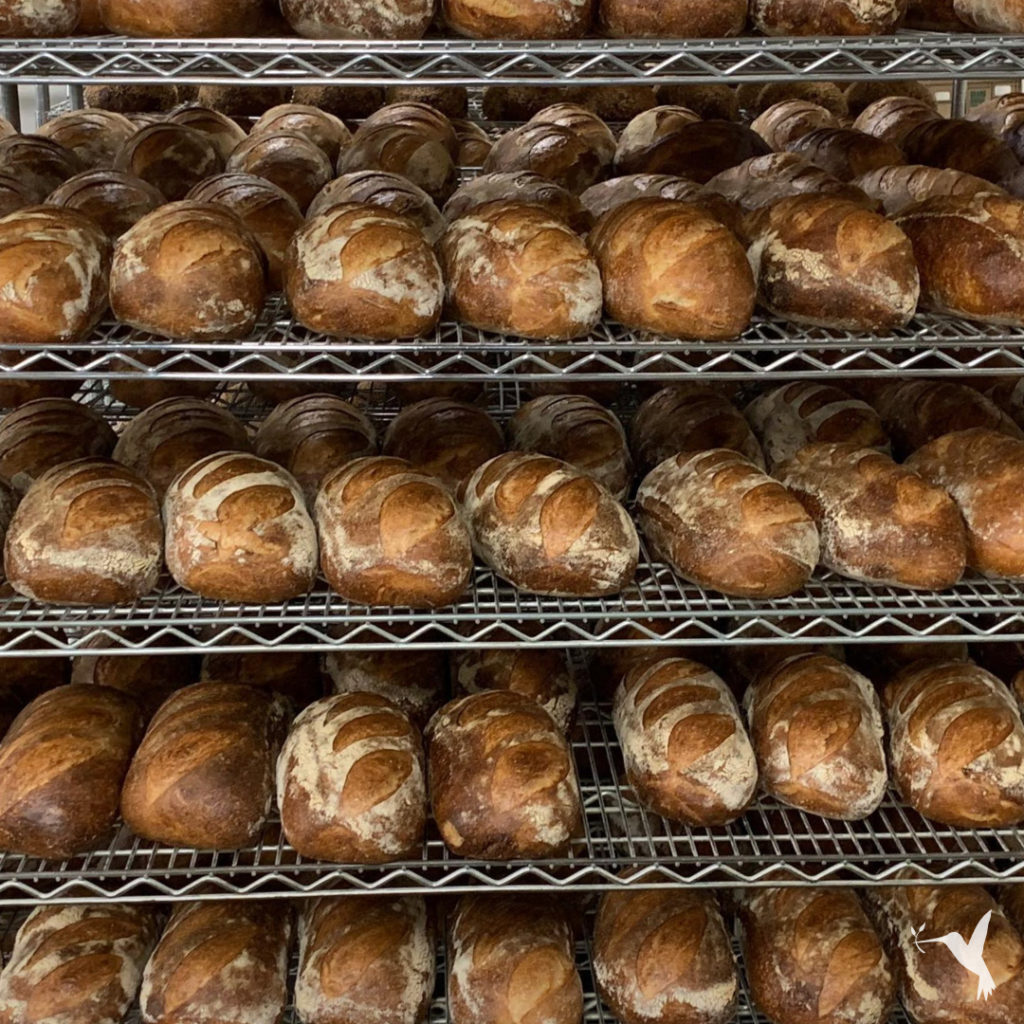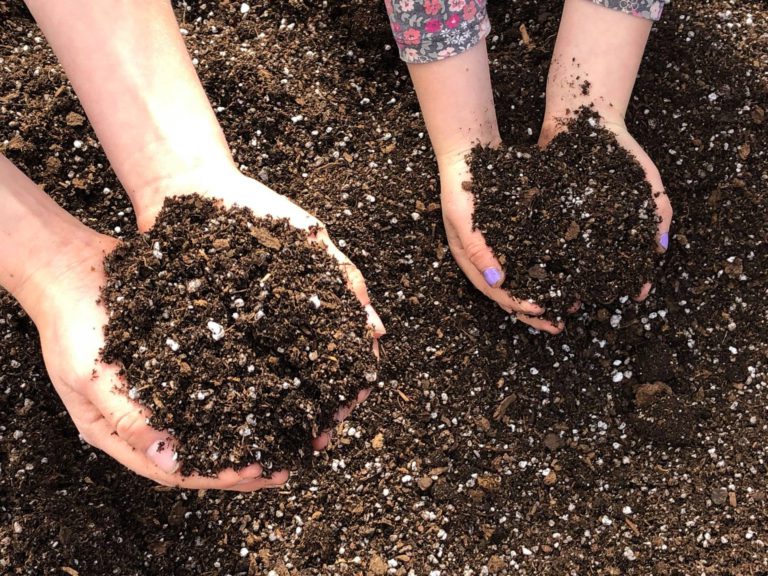Sourdough Bread: Is It Worth All the Hype?
Hint: The Answer Is Yes

Is sourdough bread better than standard white or wheat bread?
Subjectively? When I think of crusty loaves with a delicious tangy taste and chewy, crunchy and soft texture, I’ll have to give it a big, fat yes. But, let me stop projecting my preferences here.
Objectively? Let’s break it down. As with everything, when it comes to sourdough, there is more than just right or wrong, or better or worse
Sourdough Starter: An Ancient Culture
Sourdough bread is made with many of the same ingredients as “regular” bread. The difference is that it is made with a sourdough starter, which is a mix of flour and natural colonies of wild yeast and lactic acid bacteria.
And what does this fermented sourdough starter do, exactly? The starter is already fermented, and so during the bread-making process, the wild yeast cultures interact with the sugars in the dough, helping the bread rise. Wild yeast is more resistant to acidic conditions than baker’s yeast. This is what allows it to work together with lactic acid-producing bacteria to help the dough rise. It takes longer to rise than other breads, and as a result, it maintains a particular texture.
The starter culture is also how sourdough acquires its characteristic flavor. The distinctive tang is the work of little microbes that come from the starter, a culture of wild yeast strains and good-for-you bacteria. This culture fills the loaf with sour acids—hence the name, of course.
Sourdough is one of the oldest forms of grain fermentation. Unlike industrially-made white loaves, which are baked using yeast that date back just 150 years, the microbes in sourdough cultures have been used since ancient times. Legend has it that sourdough cultures came from Egypt around 1500 BC.
So, every time you taste that delicious tang, just imagine you’re chewing into yeast from ancient Egypt. It adds a certain context to the experience.
Modern Sourdough Bread: A Growing Industry
Sourdough bread has remained popular in Mediterranean and Middle Eastern countries, as well as in the San Francisco Bay region of the U.S., and now it is becoming trendy in many more places. In fact, a recent study showed the market value of sourdough bread increased from $298.7 million in 2014 to $2.4 billion in 2018.
There are more reasons to enjoy sourdough than just the connection to ancient Egypt and the unique taste.
Lactic acid is a bacteria that helps your body absorb more of the nutrients from sourdough bread than you would from white or wheat bread. This lactic acid neutralizes levels of phytates, because it lowers the pH of the bread. (Side note: beneficial lactic acid can be found in other fermented foods as well, including yogurt, kefir, pickles, sauerkraut, and kimchi.)
Some of the minerals in sourdough bread that lactic acid helps us absorb are magnesium, copper, zinc, and iron. A classic combo!
In addition to an increased rate of mineral absorption, lactic acid also offers some antioxidants, which we do not get from other types of bread.
Another benefit of sourdough is that it is more digestible than other breads. The fermentation process breaks down gluten that can cause bloating and other digestive issues.
On top of better digestibility and a higher nutrition profile, sourdough bread has a low glycemic index. This means it will not significantly raise blood sugar like other carbs and sugars.
Wheat or Sourdough Bread? You Actually Can’t Go Wrong
However, let’s not toss out whole wheat breads altogether. Whole wheat bread is high in fiber, because it includes the bran part of the grain. Whole wheat bread also is packed with B vitamins and other minerals too. It also has resistant starch, which produces short chain fatty acids.
I won’t tell you which kind of bread to choose. In fact, maybe you shouldn’t limit yourself at all. Eat all the bread! Whole wheat bread has some great qualities. Sourdough has some similar and some different qualities that are also wonderful. Both breads are good options for low glycemic index, minerals, and vitamins.
However, if you love that tang like I do, and if you love wild yeast and ancient bacteria, go for the sourdough!
Sign up for our newsletter to stay up-to-date on food, producers, and products from around the world.

